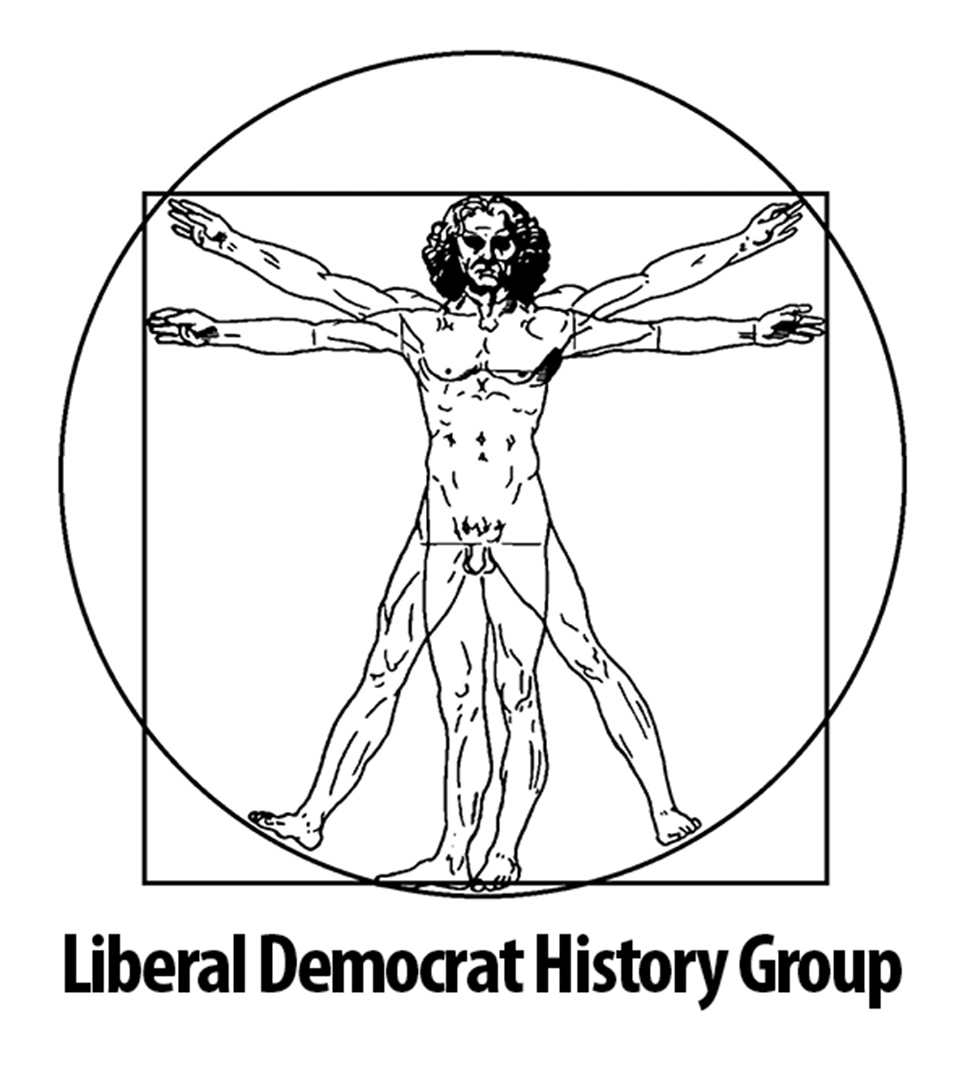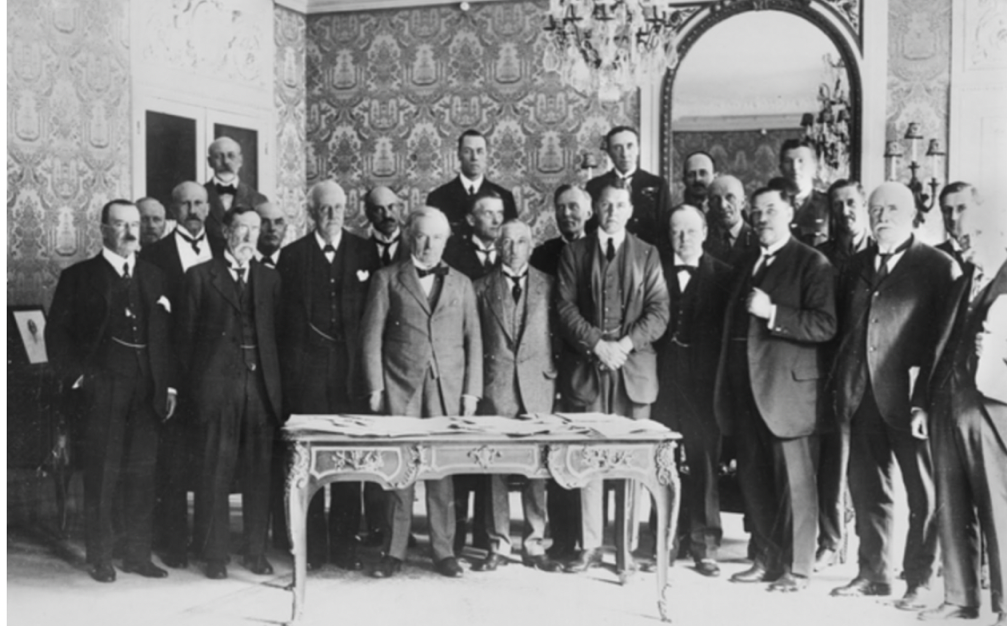History
Alliance defence policy: Eastbourne and after
In the autumn of 1986, the Alliance faced one of its biggest challenges when the Liberals passed a motion at their annual assembly, rejecting the leadership's defence policy.
Fusion: Liberals and Conservatives
The concept of fusion between the Liberal and Conservative parties was considered in the immediate post-war years as the solution for a new political age, in which traditional party allegiances had outlived their usefulness.
Conscription and the Liberal Party
The issue of conscription rocked the Liberal Party to its very core during the first part of the Great War, as Liberal parliamentarians struggled to justify the needs of war and necessity of compulsion against the concepts of individualism and laissez faire which they held so dear.
Liberals and women
When the Victorian women's movement emerged in the 1850s and 1860s it attracted women from Liberal families such as Barbara Leigh Smith who had been associated with Liberal crusades for temperance, anti-slavery and the repeal of the Corn Laws. Feminist achievements later in the century owed much to Liberals, notably Josephine Butler's campaign to repeal…
1909 People’s Budget
The 1909 People's Budget was the Liberal Government's key weapon in instigating social reform and marked a final move away from the system of Gladstonian finance, which had seen the Liberals traditionally associated with retrenchment in government expenditure and an emphasis on self-help. With its radical plans to redistribute the burden of tax and finance…
Liberal Unionists
Gladstone’s decision to pursue a policy of Home Rule for Ireland in 1886 divided the Liberal Party to the core and prompted the departure of the Liberal Unionists, who subsequently formed a separate political party, under the leadership of the Marquess of Hartington.
The Home Rule crisis
Shortly after Gladstone’s second government had seen the third reform act safely onto the statute book in 1885, it suffered a defeat on the budget and resigned. Lord Salisbury formed a minority Conservative government that called an election when the new enlarged electoral register was ready.
Personal account of the meeting in Willis’ Rooms
The following letter from Sidney Herbert to his wife is a personal account of the meeting that took place at Willis' Rooms in St James Street, London on the 6th June 1859, when the Liberal Party was finally formed.
Times report on the meeting in Willis Rooms
The following report from The Times describes the meeting that took place at Willis' Rooms in St James Street, London on the 6th June 1859, when the Liberal Party was finally formed.
The Age of Russell and Palmerston, 1846-1868
The collapse of Sir Robert Peel's Conservative government, following the 1846 repeal of the Corn Laws, began a complex re-arrangement of British political parties; one that took more than a decade to complete. Paradoxically, by rejecting Peel, the remaining Tories held the advantage of unity in their desire to protect agricultural interests and the established…

